Introduction
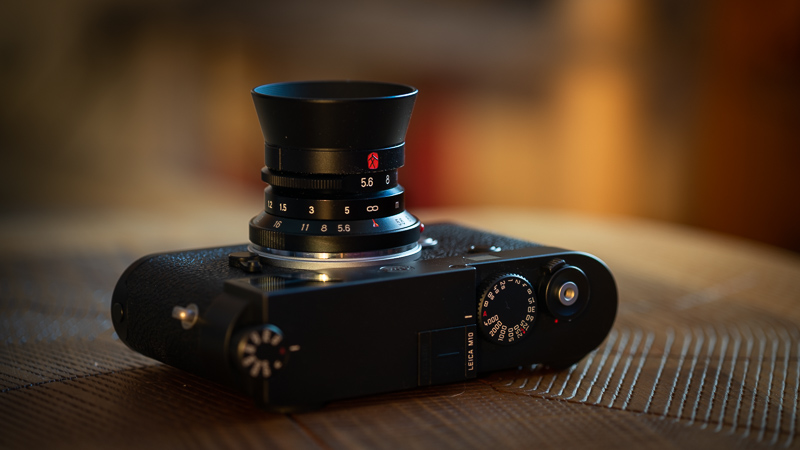
Some lenses really come as a surprise and this 7Artisans 28mm 5.6 is definitely one of those. Not that long after the TTArtisan 28mm 5.6 hit the market we see another lens with the same specs – but a completely different optical and mechanical design. I don’t know about you, but I did not see this coming.
So let’s find out in this review who offers the better 28mm 5.6 lens.
The lens is being tested on 24mp Leica M10 and 42mp Sony A7rII.
Sample Images
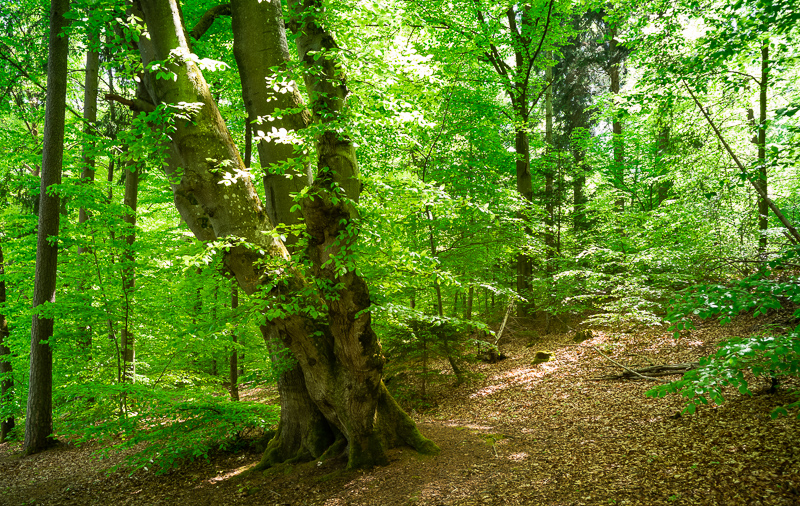
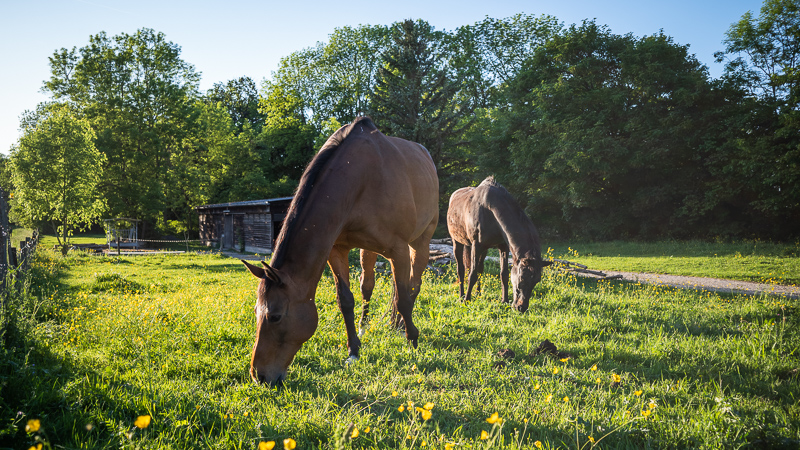
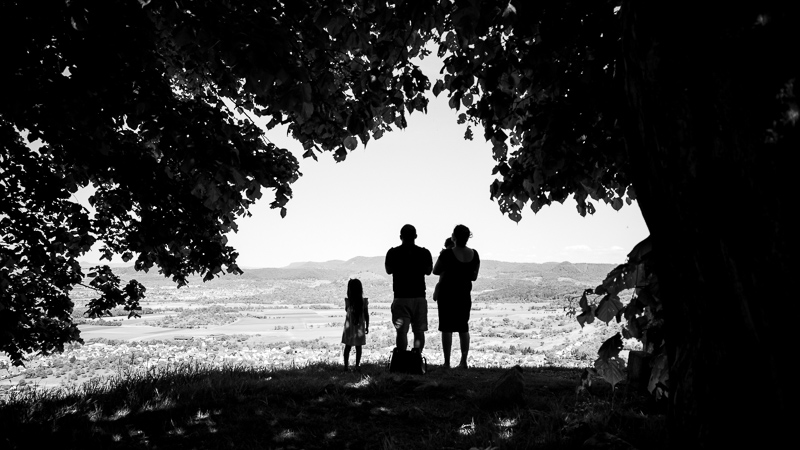
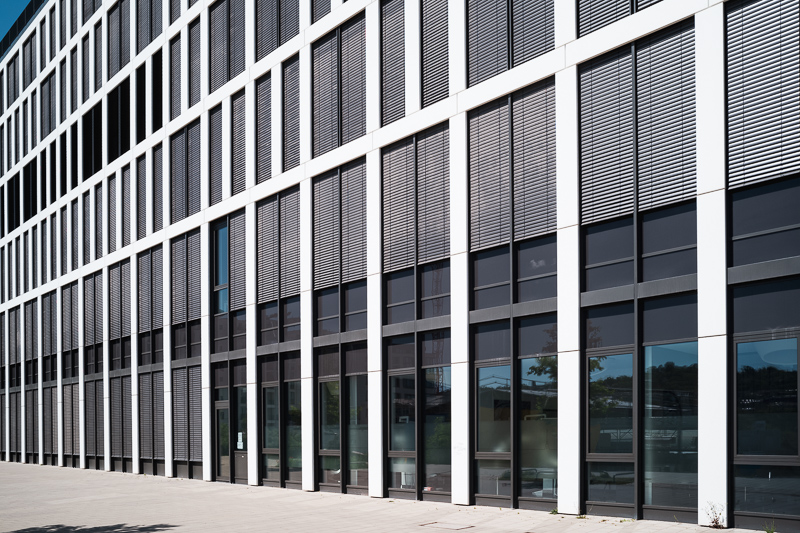
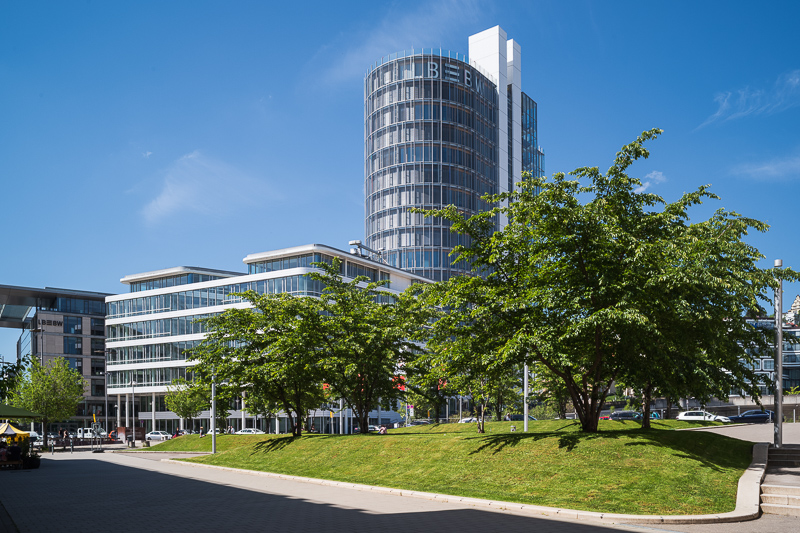
You can find most of the sample images in full resolution here.
Contents
Specifications
In terms of mechanical as well as optical design the 7Artisans 28mm 5.6 is a completely different lens compared to the TTArtisan 28mm 5.6. This 7Artisans’ full specifications are:
-
- Diameter: 52 mm
- Field of view: 75.8° (diagonally)
- Length: 36 mm
- Weight: 129g (without hood, without caps)
- Filter Diameter: 35.5 mm
- Number of Aperture Blades: 8 (rounded)
- Elements/Groups: 6/4

- Close Focusing Distance: 1.0 m
- Maximum Magnification: 1:25 (measured)
- Mount: Leica M
The lens can already be ordered from ebay.com and B&H (affiliate links) and the price is ~$299
Disclosure
The 7Artisans 28mm 5.6 M was kindly provided free of charge by 7Artisans for reviewing purpose for a duration of 4 weeks.
Handling/Build quality
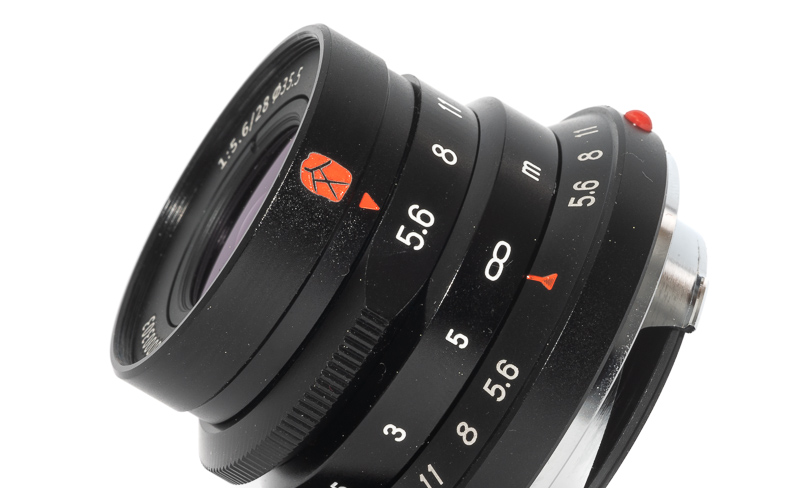
The TTArtisan 28mm 5.6 looked almost exactly like the original Leica 28mm 5.6 Summaron that had been released in 1955, despite featuring a different optical design.
The 7Artisans 28mm 5.6 features a different optical as well as mechanical design. The style of the casing rather reminds me of some of the M39 Voigtländer lenses like the 25mm 4.0 Color-Skopar.
For focusing you need to use the small focus lever. The focus ring itself has a nice resistance and turns about 120° from the minimum focus distance (1.0 m) to infinity. There is not only a hard-stop, there is also an infinity lock like there was on the TTArtisan 28mm 5.6, but the 7Artisans lens has another twist: not only when your lens is set to infinity you first have to push down the button on the lever to be able to change the focus distance, but also to be able to focus at infinity in the first place you have to push it.
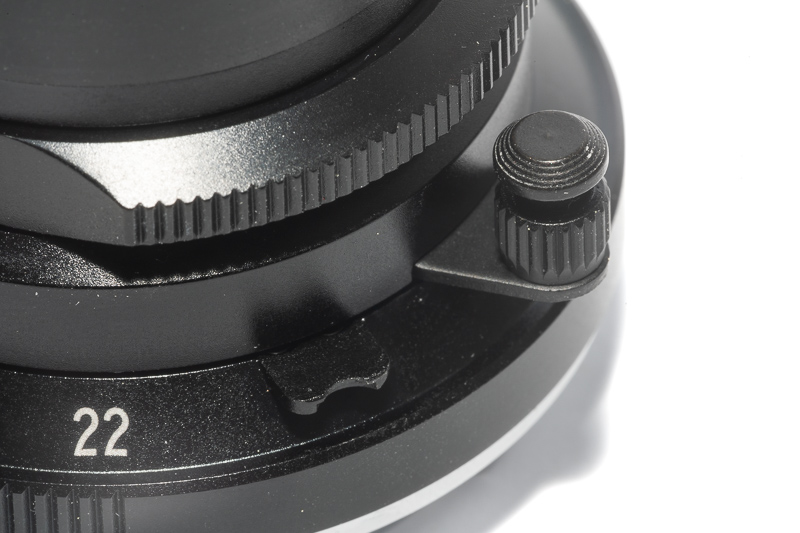
Now me personally, I am really not a fan of that infinity lock. I tried to always push down that button while focusing for it not to get in the way.
The aperture ring has full-stop click stops and turns roughly 90° from f/5.6 to f/22.
The lens is rangefinder coupled across the whole distance range and considering its specifications I don’t expect any calibration issues. There is one rather embarassing issue though: the lens brings up the 35mm framelines, not the correct 28mm ones.
The outer casing seems to be made completely from metal and all markings on the lens barrel are engraved and filled with paint whereas the markings on the front retention ring look like they are printed.
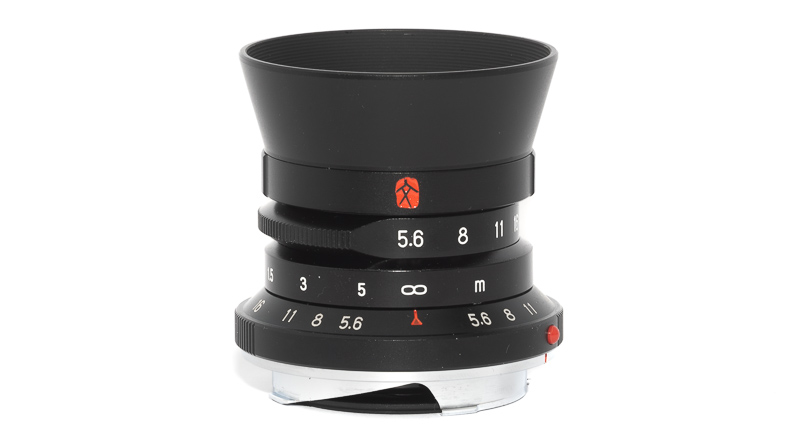
There is a round slip-on lens hood included in the package. It has a small rubber ring on the inside which keeps it in place on the lens barrel. If you push it on the lens too far it touches the aperture ring and there might be the risk of scratches when changing the aperture.

The TTArtisan 28mm 5.6 was a really tiny lens whereas the 7Artisans 28mm 5.6 is not as small and only slightly thinner than the Voigtländer VM 28mm 2.0 Ultron Type I.
The lens also features a rather odd 35.5mm filter thread. I managed to find one manufacturer offering a polarizer in this size, but it is probably easier and cheaper to get a step-up ring to the next normal size.
Vignetting
Light falloff
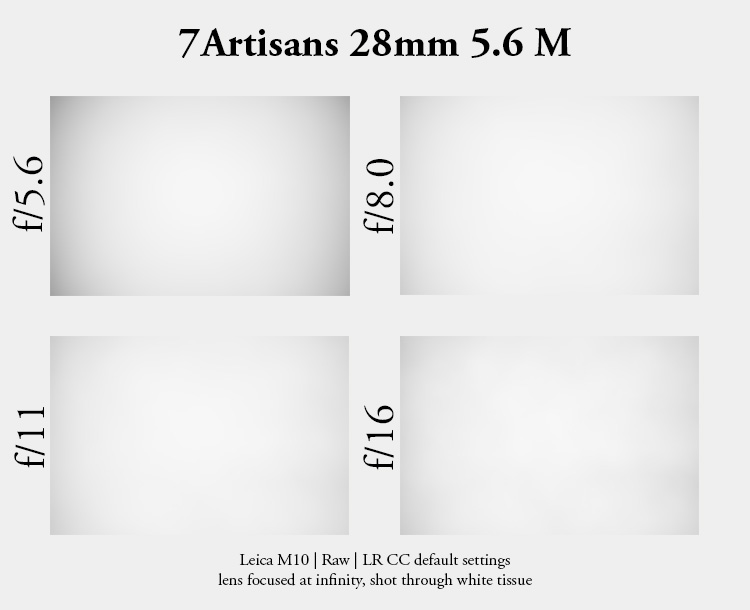
Wide open I measure 2.4 EV corner shading which improves to ~ 1.6 EV at f/8.0 to f/16.
At f/5.6 the performance is very similar – and stopped down slightly better – compared to the TTArtisan 28mm 5.6 M.
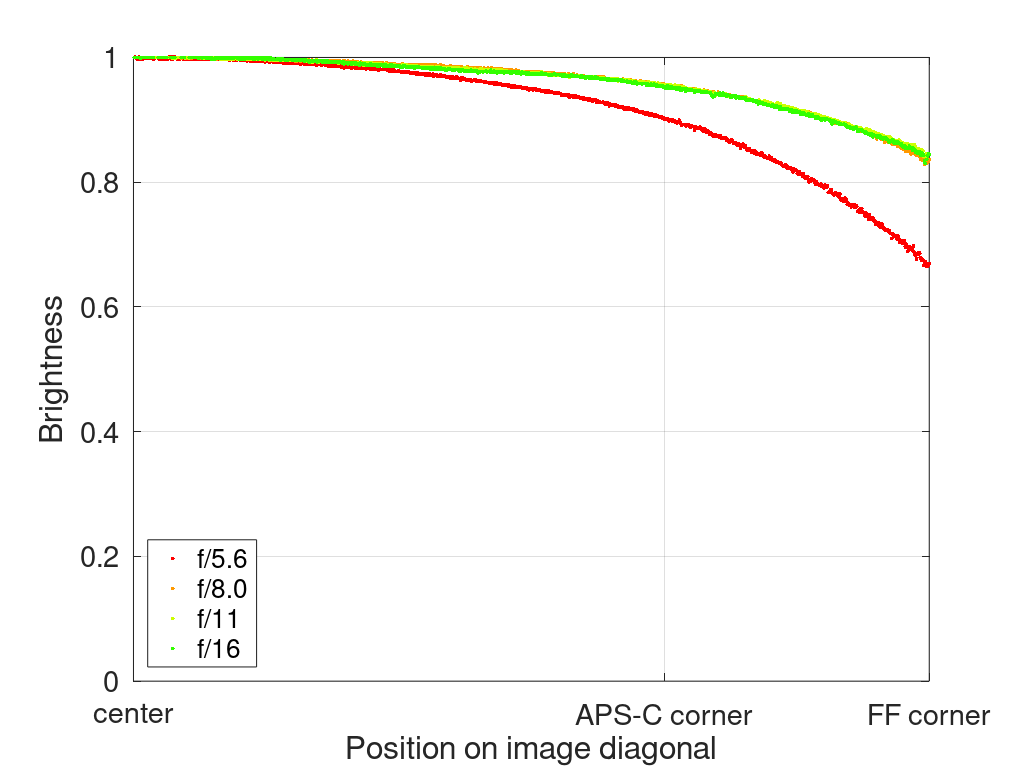
It is recommended to have a look at this article first to get an idea how this brightness graph works.
Color cast
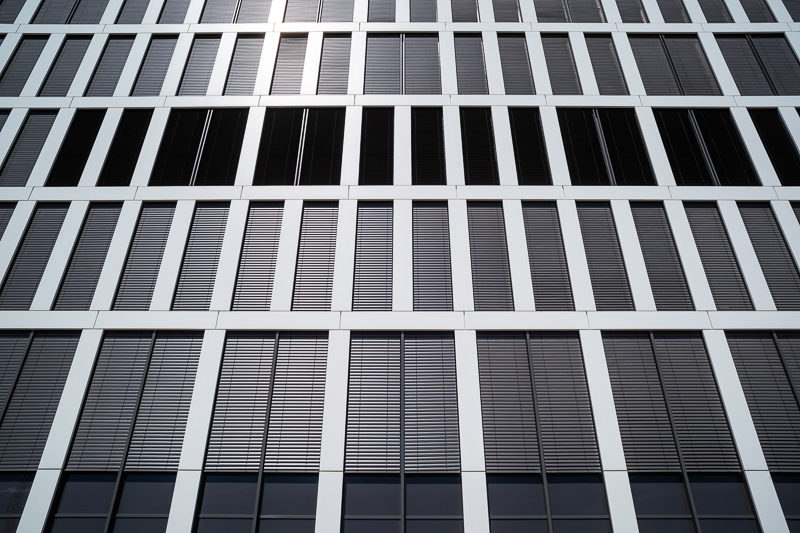
Some wide angle lenses show a bit of a color cast towards the corners, the 7Artisans 28mm 5.6 shows a slight bluish/greenish teint on the Leica M10. Not a big deal, but something that might become visible when taking pictures of overcast skies, snowy landscapes or mostly grey architecture as shown here.
Sharpness
infinity (42mp Sony A7rII)

The small M-mount wide angle lenses usually struggle on the Sony cameras and this holds true for the 7Artisans 28mm 5.6 as well. Center and midframe look good from f/5.6, but the corners never reach actually good resolution figures.
On a Sony camera the 7Artisans and the TTArtisan 28mm 5.6 perform very similar.
infinity (24mp Leica M10)
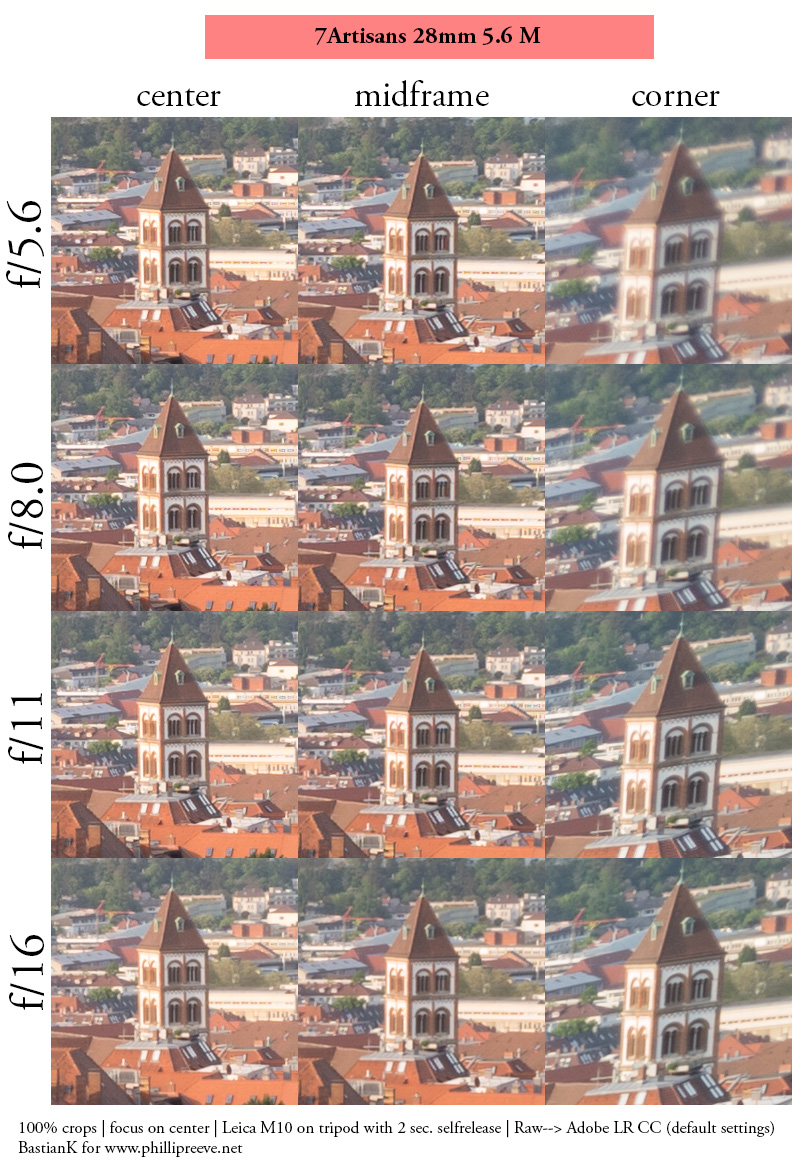
Situation on the Leica M10 is better, but not as much as I would have expected, as the corners still need f/11 to look best.
When comparing the results to those of the TTArtisan 28mm 5.6 I see the TTArtisan lens ahead, as it showed good across frame performance already at f/5.6 when used on a Leica M camera.
Flare resistance
As always evaluating flare is a complex matter since you can get any lens to look bad if you push it hard enough and a slight change of scenario can affect results a lot.
Sun outside frame
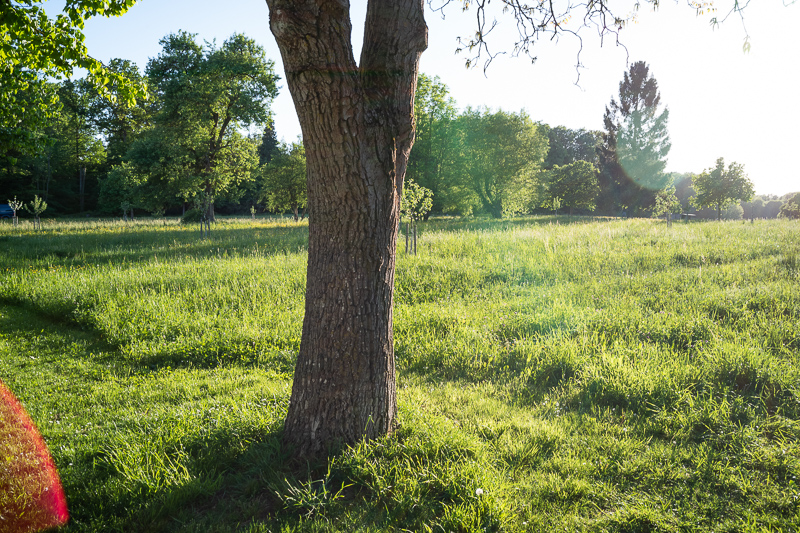
With a strong point light source outside the frame the performance is okayish. Ghosts are rare to encounter, but depending on the position of the light source you may encounter a noticeable loss of contrast, as in this scene, where I was also using the hood:

You can see a loss of contrast in the center of the frame and when looking closely also some small artefacts.
Sun inside frame
With the sun inside the frame many things can happen. As with most lenses there is a position with the point light source close to the corner leading to severe flare:


Also some kind of ring flare is present, especially at f/5.6:
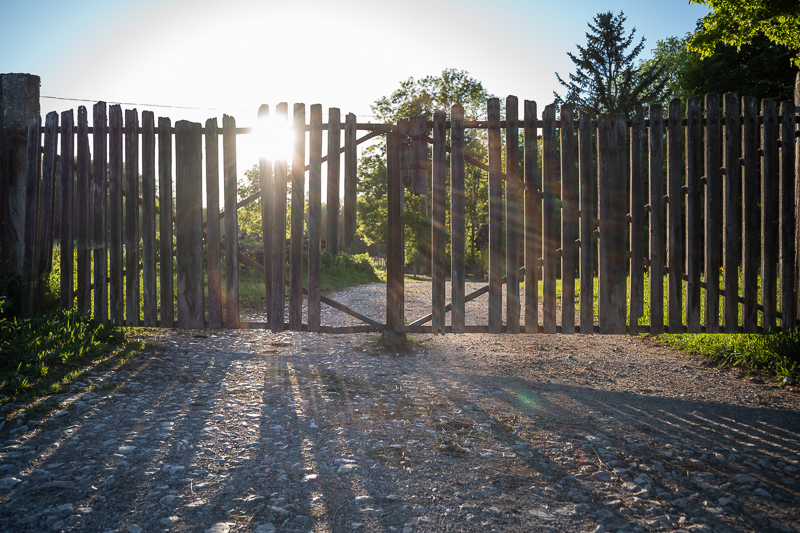
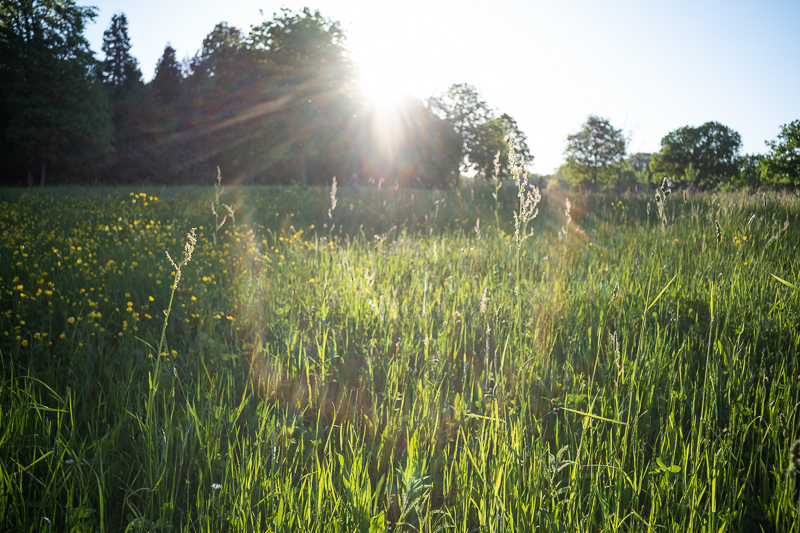
Depending on the position of the light source in the frame you may also be lucky though, but in the end the lens was a bit unpredictable, which is especially bothersome when relying on the rangefinder.

Coma
100% crops from extreme corner, focused on center, M10
Coma is definitely more pronounced than I would expect in a slow and not super small 28mm lens. It is actually a good idea to stop down to f/11 to get rid of most of this aberration.
Distortion

The 7Artisans 28mm 5.6 shows low but wavy distortion. With lots of straight lines running through your picture this can be an issue. There is no correction profile available (yet).
Bokeh
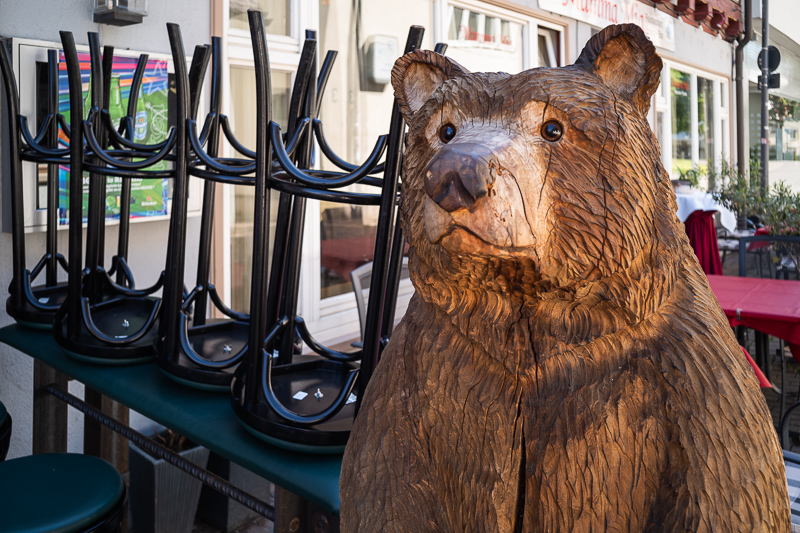
With a 28mm lens, a maxium aperture of f/5.6 and a minimum focus distance of 1.0 m this is not exactly the lens you should be looking at if you are into shallow depth of field photography.
Sunstars
The 7Artisans 28mm 5.6 is using an interesting aperture diaphragm with 8 curved aperture blades. At all the full stops the opening is perfectly round, whereas at inbetween values (without a click stop) you see a ninja-star-like shape.
With the round opening at the full apertures we don’t see sunstars, but even at the intermediate values it is very hard to create sunstars at all.
If you want to learn more about this topic have a look at this article.
Chromatic aberration
lateral
The amount of lateral CA is very low, so low that the before/after correction pictures would look exactly the same.
longitudinal
Due to the maximum aperture being f/5.6 you will only very rarely find longitudinal CA in your pictures.
Conclusion
good
|
average
|
not good
|
M-mount users:
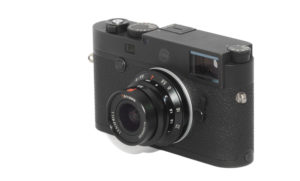
I am a bit puzzled here. When reviewing the TTArtisan 28mm 5.6 I was wishing for a different (modern) mechanical design that is more user friendly instead of just copying Leica’s decades old design.
When the first pictures of the 7Artisans 28mm 5.6 surfaced I initally thought this is what we will get: the lens might be bigger, but they improved the minimum focus distance and they got rid of that useless infinity lock, right?
Well, the minimum focus distance is still 1.0 m, the infinity lock is even more annoying and this lens doesn’t even bring up the correct 28mm framelines in the rangefinder.
When it comes to the optical qualities the only advantage over the TTArtisan 28mm 5.6 I discovered is slightly less vignetting stopped down, but then the distortion is way harder to correct. In the other categories the lenses perform similar and they are priced the same.
Now if you are in the market for a 28mm f/5.6 lens I think the TTArtisan offers the better package in the end.
But what about you? Do you prefer 7Artisans’ offering? If so please tell me in the comment section.
E-mount users:
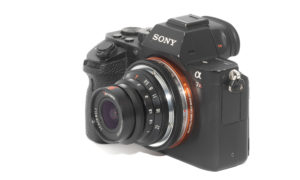
Maybe you prefer manual lenses, but the Sony FE 28mm 2.0 is probably the better choice for you nonetheless.
The lens can already be ordered from ebay.com and B&H (affiliate links) and the price is ~$299
Alternatives
TTArtisan 28mm 5.6 M:
I already compared these two lenses in most categories. Make sure to have a look at both reviews before pulling the trigger to find out which lens is better for your needs.
buy from manufacturer’s shop | B&H for $298 (affiliate links)
Leica 28mm 5.6 Summaron-M:
The original Leica 28mm 5.6 lens from a few decades ago which has been rereleased for a very reasonable price.
buy from amazon.com | ebay.com | ebay.de | B&H new for $2800 (affiliate links)
Voigtlander VM 28mm 2.8 Color-Skopar:
This is the smallest Voigtländer 28mm lens. Despite being two stops faster it is actually smaller than this 7Artisans lens. The Voigtländer lens easily outperforms this TTArtisan lens in every category, but it also costs more than double.
buy from ebay.com | B&H (affiliate links) for $699
7Artisans 35mm 5.6 Wen:
Apart from the different focal length this 7Artisans lens features a more modern casing design and a minimum focus distance of 0.3 m but the aperture is always fixed to f/5.6 and cannot be changed.
buy from amazon.com | ebay.com | ebay.de | B&H new for $138 (affiliate links)
MS-Optics 24mm 2.0 Aporia:
The MS-Optics 24mm 2.0 is much smaller than all the 28mm 5.6 lenses and weighs less than a third, yet it is a whopping 3 stops faster. It is also an exotic/expensive lens with a few notable quirks and certainly not for everyone.
buy from ebay.com for ~$1200 (affiliate links)
Voigtländer VM 28mm 2.0 Ultron:
About 70g heavier but also 3 stops faster. If you need more speed in the most compact form factor possible this is the one you should have a look at. It is noticeably more expensive though.
buy from Robert White (UK) | Cameraquest (US) | B&H | ebay.com | ebay.de for $899 (affiliate links)
Sample Images
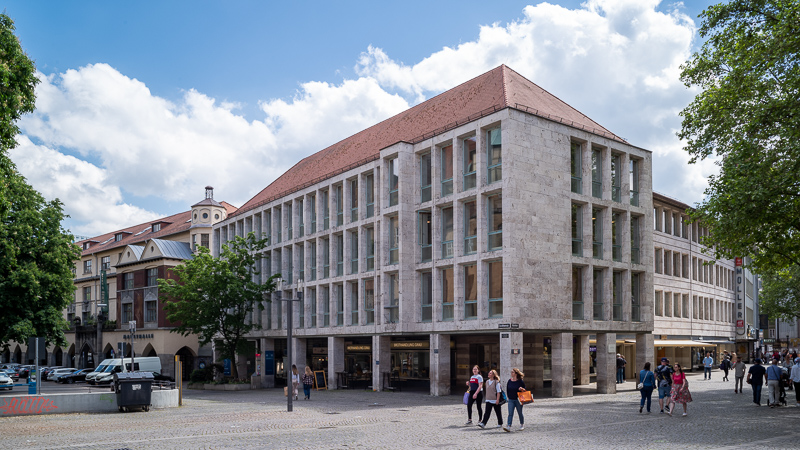

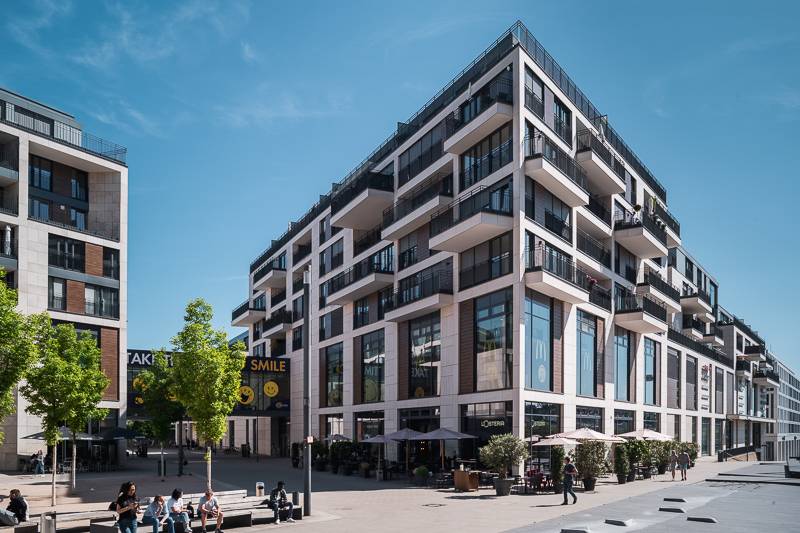
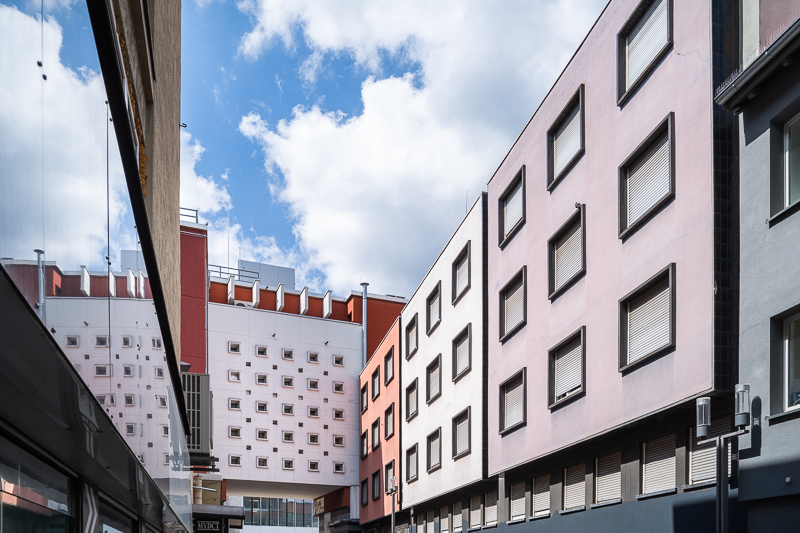
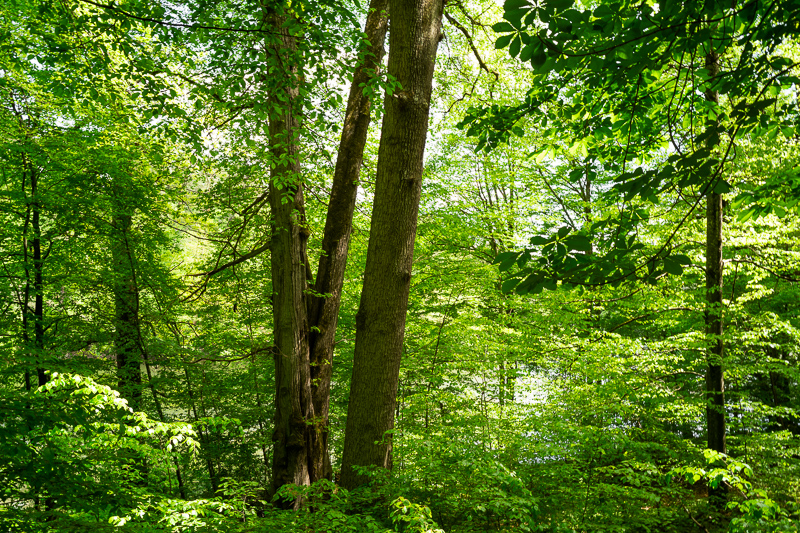
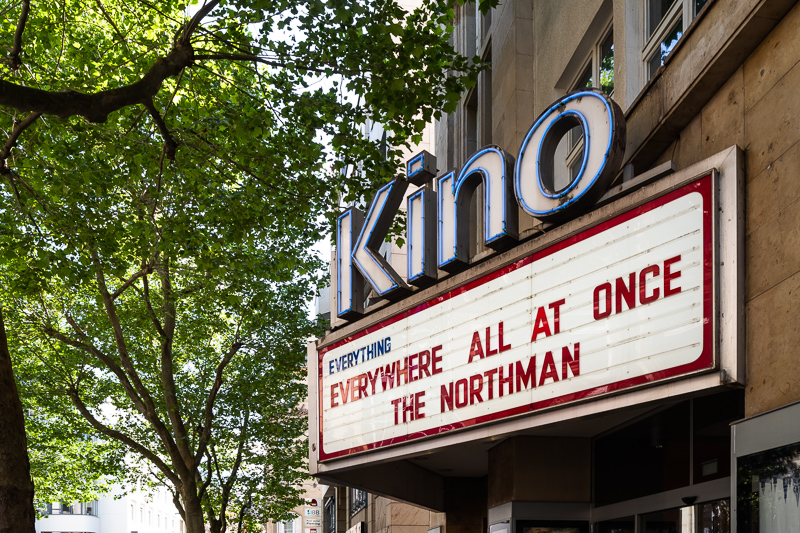

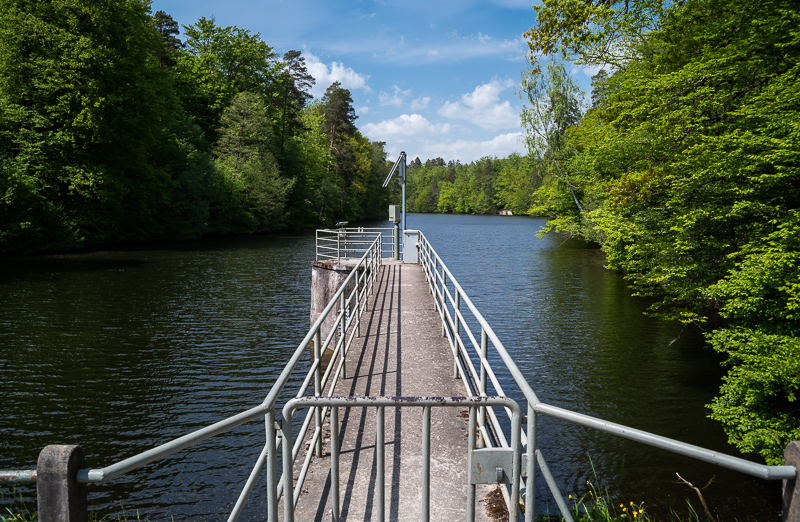
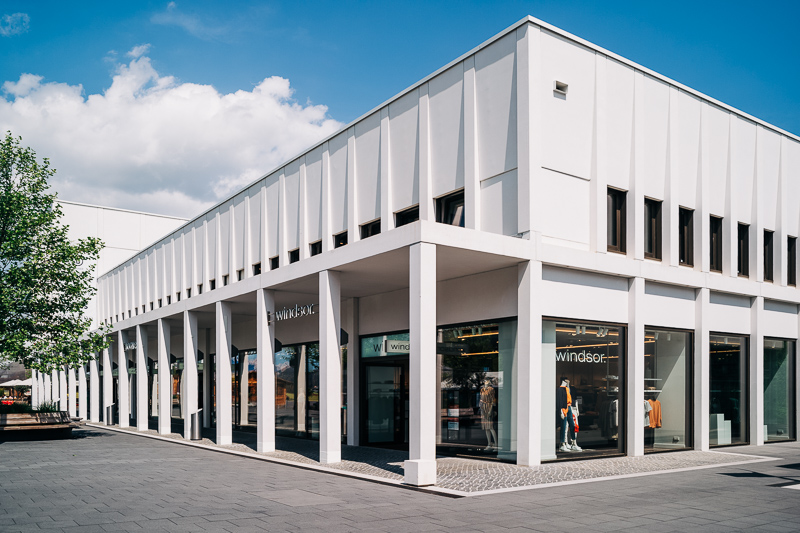
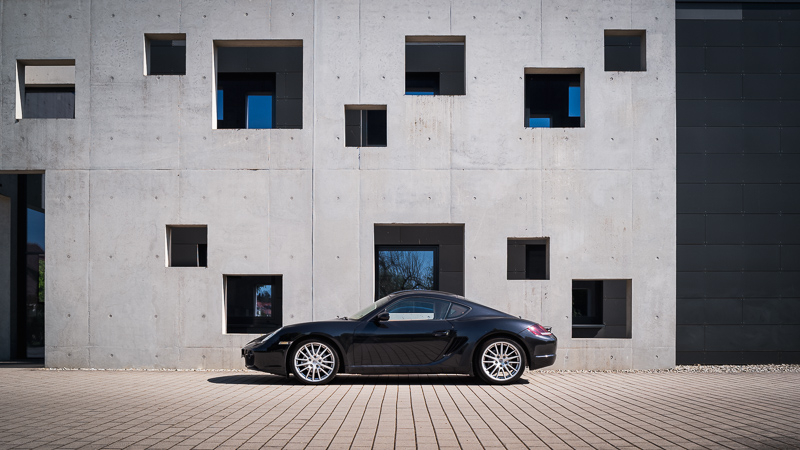
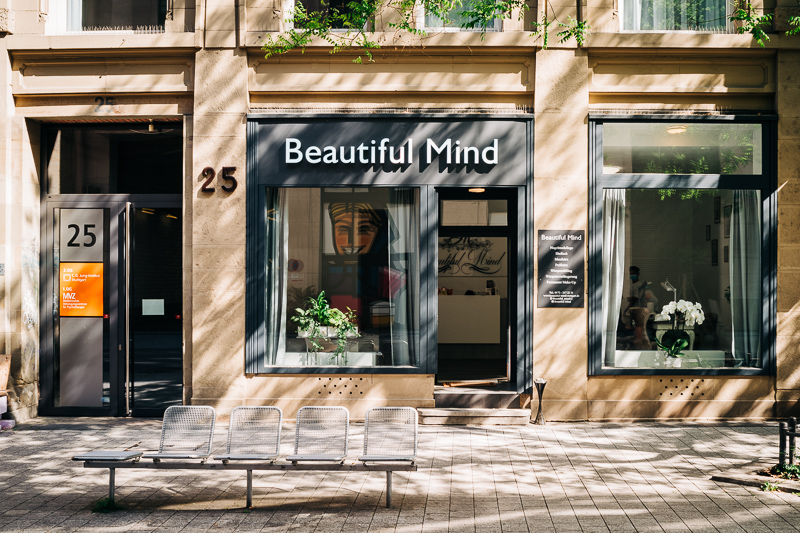

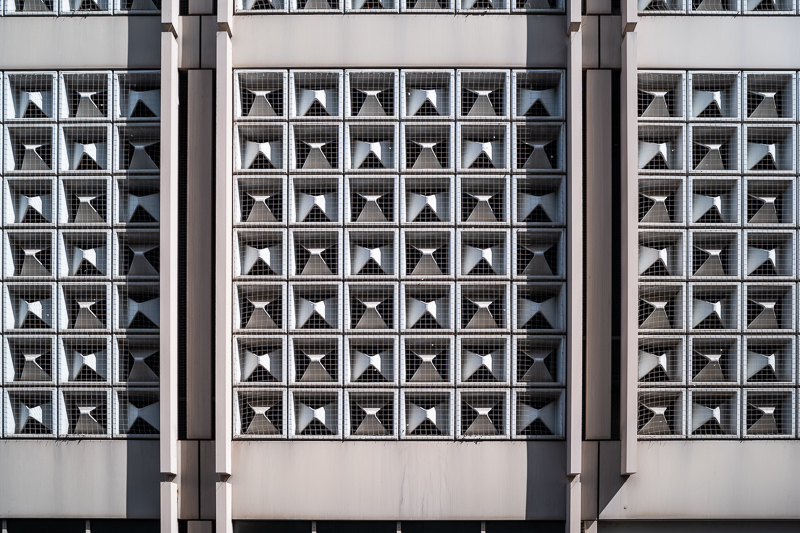
You can find most of the sample images in full resolution here.
Further Reading
- Sony FE lenses: Our comprehensive and independent guide
- Sony FE lenses: Our guide to portrait lenses from 85 to 135mm
- What makes a picture good?
- Lens aberrations explained
Support Us
Did you find this article useful or just liked reading it? Treat us to a coffee!
![]()
![]()
![]() via Paypal
via Paypal
This site contains affiliate links. If you make a purchase using any of the links marked as affiliate links, I may receive a small commission at no additional cost to you. This helps support the creation of future content.
Latest posts by BastianK (see all)
- Review: Sony FE 70-200mm 4.0 G Macro OSS II - December 20, 2025
- Review: Viltrox AF 35mm 1.2 FE LAB - December 17, 2025
- Analogue Adventures – Part 47: Tübingen - December 17, 2025

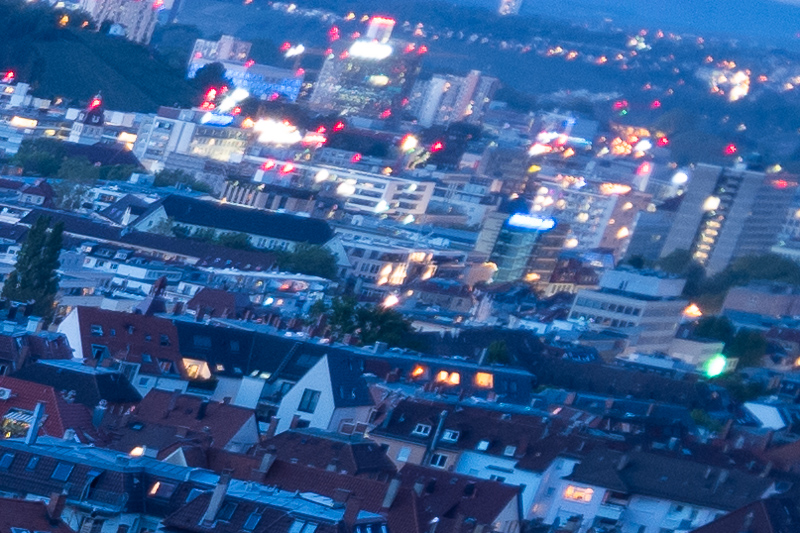
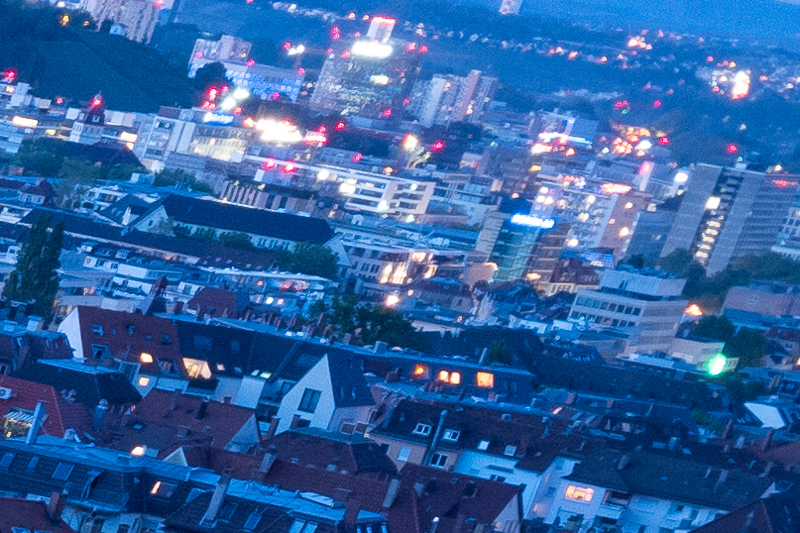
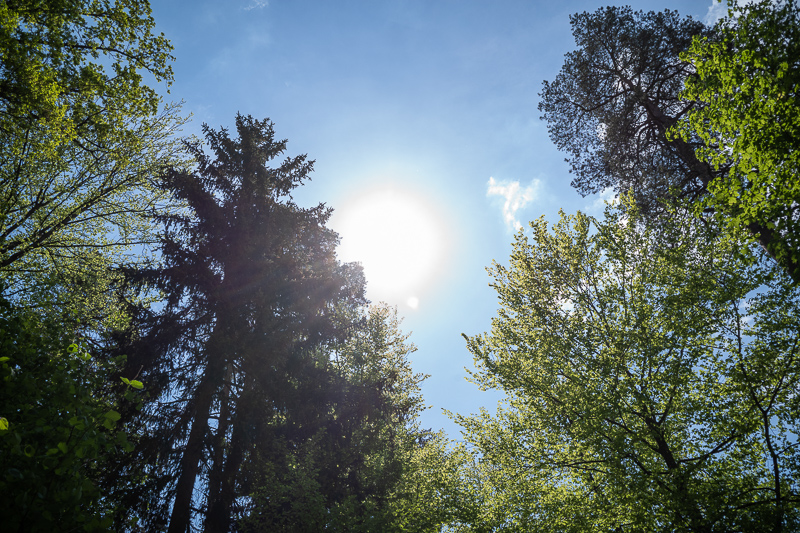


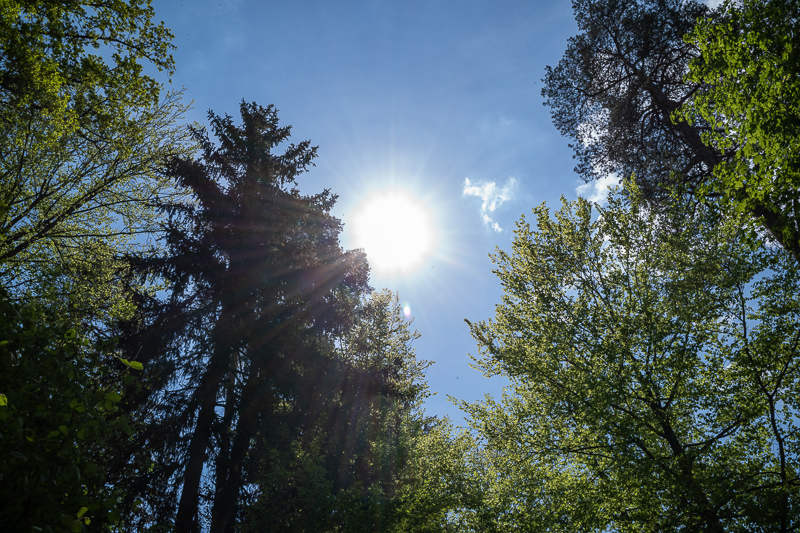
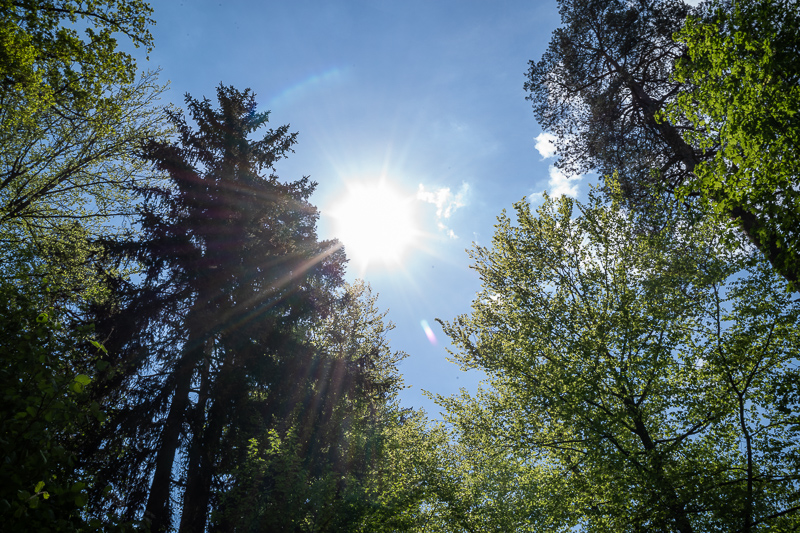
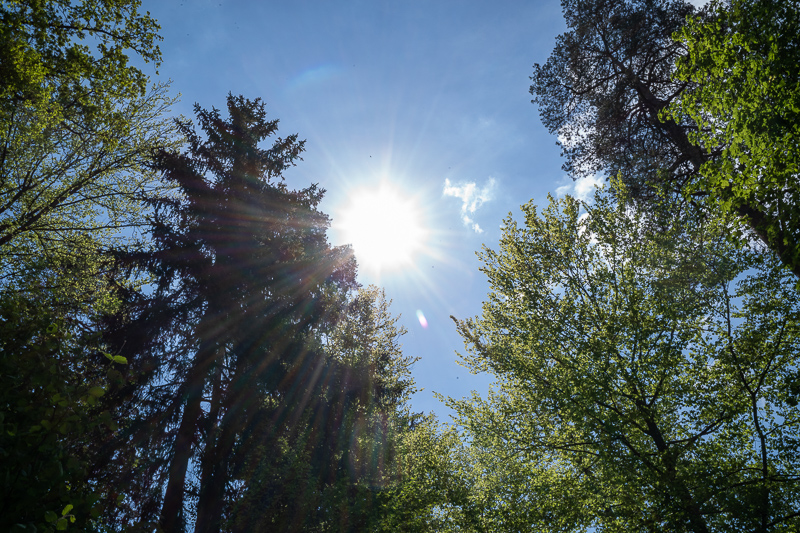
A lens for hipsters and doctors/lawyers with too much spare money. Otherwise it serves no meaningful purpose.
I think they would rather spend 3000 instead of 300 and go for a Leica. This is a budget option, since it’s cheaper than average smartphone and is priced like a kit lens. Does it make any sense though? I don’t know, but if I had an M mount camera I’d probably go for something else (or at least go for smaller TTArtisan). As a Sony user I see no point at all of course, I’ve read this only out of curiosity and because I enjoy Bastian’s reviews. I can’t see this lens being a huge success on the market, who knows what was the thinking behind introducing so many different models; it doesn’t seem like a sustaining business model at all.
Doctors and lawyers trolling for off-brand $300 lenses?
Yo, heads up, the “preview” of this article on the homepage doesn’t cut off, so it shows the entire article.
As for the lens, I’m surprised how nice the sample images are despite the lens’ technical performance. Maybe you’re just good at shooting 28mm 😉
Thanks! Will correct that right away.
Thanks for reviewing these lenses! It’s hard to find anyone who will really review lenses like these in the same depth as you.
Yeah def an odd ball lens, I cannot say that I’m impressed with its performance but I’m glad that companies are experimenting with lenses like these.
For other 28mm lenses, have a look at the Voigtlander SL 28mm f2.8. That lens has some of the most beautiful microcontrast and punchiness that one can find.
We should be happy there are affordable (and sometimes interesting) lenses being designed and manufactured in China these days.
Certainly, though it can be annoying when they’re not well centered which is much more of a risk with inexpensive Chinese lenses
“brings up 35mm framelines on Leica M cameras” alone is an incomprehensible failure. How the heck did that escape them unnoticed?!
With f5.6 I’d expect the main purpose for this lens being landscape photography. But then why doesn’t it offer better performance in the corners? I wonder what they (and TTArtisan) thought when they designed these lenses?
I have this lens and am very pleased with it. Too often we seem to forget that a lens is a means to an end. By this I mean that the lens focuses the image and provides the field of view that will be projected, printed, shared on-line, etc. The end result is key. How many of us are going to make enormous enlargements of 2 by 3 feet or more and then analyze the wing pattern on the fly on the edge of the picnic blanket in the upper left hand corner? Sure we may put the image on a too large screen tv but the fly will likely be overlooked rather than analyzed. Remember that from where we stood to take the shot the fly was indistinguishable anyway. Your sample images are very nice. For my prints, from film or digital, the lens is performing very well and I am pleased to add it to my options.
I just received this lens yesterday and tested it on my M246. I must say it’s a good surprise for me. Tiny and light, with better results than I expected. Not so far from my Voigtlander Color Skopar 35mm f/2.5 that I appreciate a lot.
Good day
I am not suprised. I also had my eye on the TT-Artisan.
Both lenses deliver solid performance for the price. I have the old Summaron 28 with M39. It is noticeably different in its way of drawing highlights and shadows. And it has a distinct vignette that runs differently than the Chinese.
https://www.flickr.com/photos/unblind/50291669146
https://www.flickr.com/photos/unblind/50283256587
The images are not edited.
If you value this, you have to go for the original.
If you want cheap and sharp, you can also buy the Orion 15 cheaply. It is light, small, sharp, without distortion.
https://lens-helios.com/orion-15-28-mm-f-6-objektiv/
The character is close to that of Summaron.
Unfortunately, I don’t have a better example right now.
https://www.flickr.com/photos/unblind/29828118027
Thanks for the many reports and tests